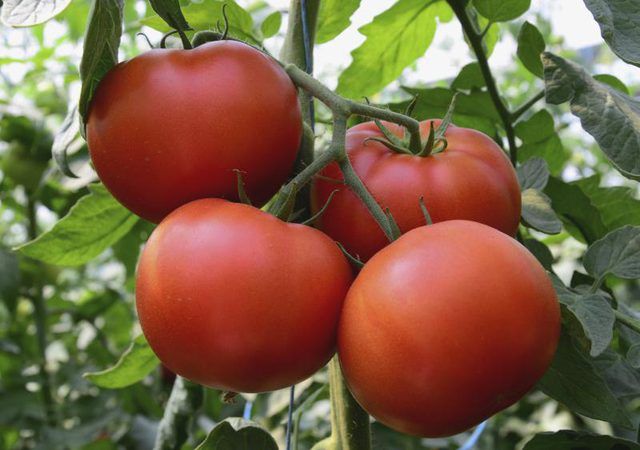Bulbs
Flower Basics
Flower Beds & Specialty Gardens
Flower Garden
Garden Furniture
Garden Gnomes
Garden Seeds
Garden Sheds
Garden Statues
Garden Tools & Supplies
Gardening Basics
Green & Organic
Groundcovers & Vines
Growing Annuals
Growing Basil
Growing Beans
Growing Berries
Growing Blueberries
Growing Cactus
Growing Corn
Growing Cotton
Growing Edibles
Growing Flowers
Growing Garlic
Growing Grapes
Growing Grass
Growing Herbs
Growing Jasmine
Growing Mint
Growing Mushrooms
Orchids
Growing Peanuts
Growing Perennials
Growing Plants
Growing Rosemary
Growing Roses
Growing Strawberries
Growing Sunflowers
Growing Thyme
Growing Tomatoes
Growing Tulips
Growing Vegetables
Herb Basics
Herb Garden
Indoor Growing
Landscaping Basics
Landscaping Patios
Landscaping Plants
Landscaping Shrubs
Landscaping Trees
Landscaping Walks & Pathways
Lawn Basics
Lawn Maintenance
Lawn Mowers
Lawn Ornaments
Lawn Planting
Lawn Tools
Outdoor Growing
Overall Landscape Planning
Pests, Weeds & Problems
Plant Basics
Rock Garden
Rose Garden
Shrubs
Soil
Specialty Gardens
Trees
Vegetable Garden
Yard Maintenance
How to Repair a Broken Tomato Plant
How to Repair a Broken Tomato Plant. Unless the broken part of a tomato plant (Lycopersicon esculentum) has fruit on it that you want to save, it's best to prune broken branches to save the plant's energy. Fixing a broken tomato is similar to repairing a broken bone. To mend it, apply a splint or tape to the break to help the plant repair itself....

Unless the broken part of a tomato plant (Lycopersicon esculentum) has fruit on it that you want to save, it's best to prune broken branches to save the plant's energy. Fixing a broken tomato is similar to repairing a broken bone. To mend it, apply a splint or tape to the break to help the plant repair itself. There's no guarantee the break will heal. Tomato plants are normally grown as annuals, but they grow as tender perennials in U.S. Department of Agriculture plant hardiness zones 10 through 11.
The Tape Repair
Support the mended tomato plant with a tomato cage or trellis to take the weight of any fruit and the part of the plant above the break. Wrap horticultural tape around the break beginning from 1 inch below the break or bend in the stem and extending another 1 inch above the damaged area. The exact measurements aren't important; what matters is creating a broad band of support. Wrap the tape firmly, but don't make it so tight it crushes the stem. Tie the tape gently or secure it with a small piece of electrical tape. Garden centers sell horticultural tape; it's made from stretchy, nonadhesive plastic.
The Splint Fix
Another method for repairing a broken tomato plant is to apply a splint to the break. For a young plant or small branch, a toothpick will work. For the main stem or large branching vine of a mature plant, use a craft stick or the stick from an ice cream treat. The splint gives extra support for a long or fruit-bearing vine and might increase the plant's ability to mend if it's subject to wind or being jostled by animals. Position the toothpick or stick against the break and wrap horticultural tape around the vine and splint. Tie the tape so it's secure but not tight. Support the top of the tomato vine or its fruit on a cage or other support.
How to Make the Cut
If the stem above the break withers and changes color, the break isn't healing. Cut off the broken part or replace the plant. To prune off the damaged part of the tomato plant, first clean garden clippers or a sharp knife with household disinfectant to protect the injured plant from possible infection or pests. Cut the broken part of the plant between the break and the next leaf node on the undamaged part of the plant. A leaf node starts as a small bump on the branch. Tomato plants hold up well to pruning, and it encourages fuller, branching growth.
Protect the Plants From Breaking
Staking, caging and tying tomato plants to trellises or a fence gives them support and encourages greater fruit production. Support also reduces the risk of breakage from wind, hail, animals or the weight of their fruit. Caged tomatoes tend to grow more leaves to protect fruit from sunburn. The fruit is also less prone to rot and bird damage when caged instead of staked or trellised, notes Texas A&M AgriLife Extension. Other options are to use loose ties, such as flexible cord, nylon stockings or horticultural tape, to secure tomato plants to trellises, lattices, mesh fences or stakes.